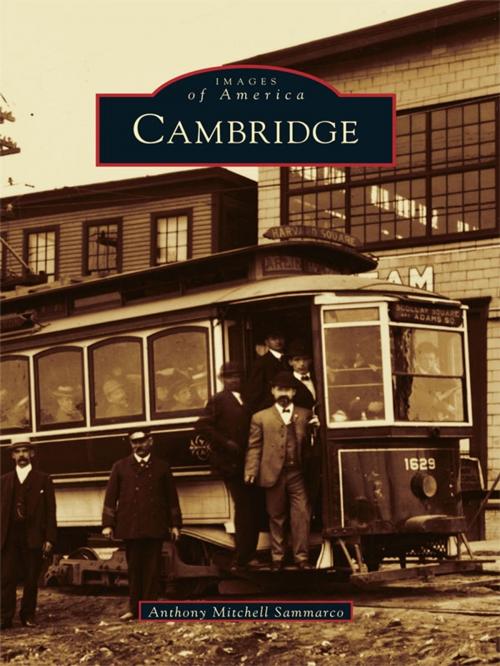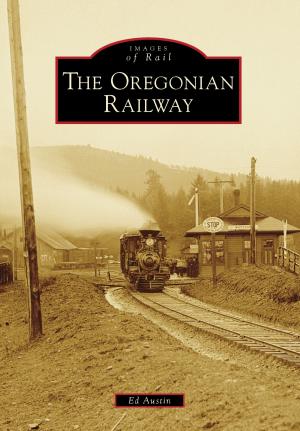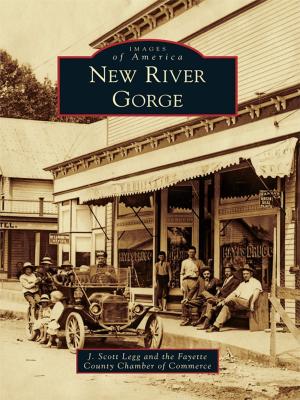| Author: | Anthony Mitchell Sammarco | ISBN: | 9781439620441 |
| Publisher: | Arcadia Publishing Inc. | Publication: | November 17, 1999 |
| Imprint: | Arcadia Publishing | Language: | English |
| Author: | Anthony Mitchell Sammarco |
| ISBN: | 9781439620441 |
| Publisher: | Arcadia Publishing Inc. |
| Publication: | November 17, 1999 |
| Imprint: | Arcadia Publishing |
| Language: | English |
Settled as New Towne in 1631, Cambridge was referred to by Wood, a seventeenth-century chronicler, as �one of the neatest and best compacted towns in New England.� The founding of Harvard College in 1636 was to ensure the town�s notoriety, as it was the first college in the New World. Harvard gave
Cambridge a cosmopolitan flavor, but the town retained its open farmland and its well-known fisheries along the Charles and Alewife Rivers for nearly two centuries. By the early nineteenth century Cambridge saw tremendous development, with industrial concerns in Cambridgeport. New residents swelled Cambridge�s population so much that it became a city in 1846. These changes, which included horse-drawn streetcars and, later, the Elevated Railway that is today known as the Red Line, made Cambridge a place of convenient residence. With the large-scale development in the late nineteenth century, Cambridge became a thriving nexus of cultural diversity.
Settled as New Towne in 1631, Cambridge was referred to by Wood, a seventeenth-century chronicler, as �one of the neatest and best compacted towns in New England.� The founding of Harvard College in 1636 was to ensure the town�s notoriety, as it was the first college in the New World. Harvard gave
Cambridge a cosmopolitan flavor, but the town retained its open farmland and its well-known fisheries along the Charles and Alewife Rivers for nearly two centuries. By the early nineteenth century Cambridge saw tremendous development, with industrial concerns in Cambridgeport. New residents swelled Cambridge�s population so much that it became a city in 1846. These changes, which included horse-drawn streetcars and, later, the Elevated Railway that is today known as the Red Line, made Cambridge a place of convenient residence. With the large-scale development in the late nineteenth century, Cambridge became a thriving nexus of cultural diversity.















